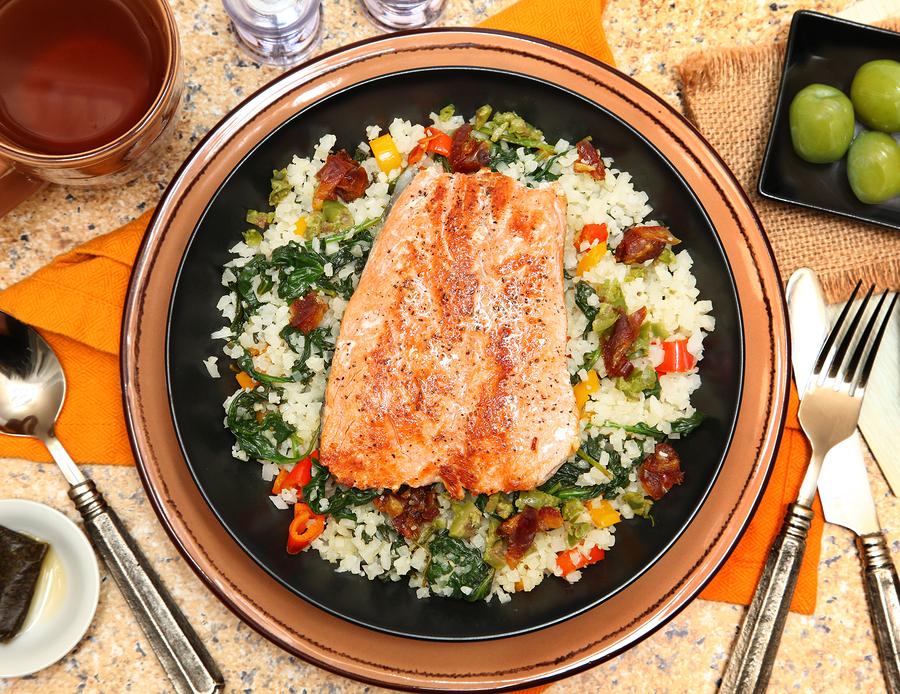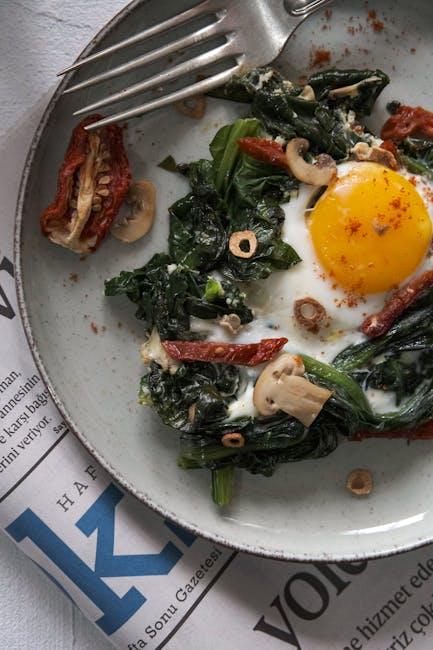In a world where dietary trends come and go like fleeting fads, the Paleo diet stands as a curious anachronism—a nutritional time machine that transports our eating habits back to the Stone Age. Inspired by the presumed diet of our Paleolithic ancestors, this approach emphasizes whole foods and eschews processed products, aiming to align our modern meals with the evolutionary blueprint of early humans. But in an era marked by fast-paced lifestyles and ever-evolving weight loss strategies, can this ancient eating plan truly support contemporary weight loss goals? As we delve into the intersection of prehistoric principles and modern-day aspirations, we explore whether the Paleo diet offers a viable path to achieving the healthy, balanced life we seek today.
Exploring the Roots of Paleo: A Historical Perspective on Eating
To truly understand the essence of Paleo meal plans, it’s crucial to delve into their historical origins. Rooted in the eating habits of our Paleolithic ancestors, this diet emphasizes foods that could be hunted or gathered before the advent of agriculture. This includes a rich array of lean meats, fish, fruits, vegetables, nuts, and seeds. The fundamental idea is to mimic the nutritional patterns that shaped human evolution, which some argue are better suited to our genetics than modern diets.
- Lean Meats: Emphasizes protein sources that are naturally low in fat, akin to wild game.
- Fruits and Vegetables: Prioritizes whole, unprocessed produce for essential vitamins and minerals.
- Nuts and Seeds: Provides healthy fats and protein, vital for energy and satiety.
By revisiting these ancient dietary practices, Paleo proponents suggest a potential alignment with contemporary health goals, such as weight loss. The elimination of processed foods and sugars, combined with a focus on nutrient-dense ingredients, may indeed offer a blueprint for achieving a healthier lifestyle in today’s fast-paced world.

Balancing Ancestral Diets with Contemporary Nutritional Needs
The concept of aligning our eating habits with those of our ancestors can be intriguing, yet challenging. The Paleo diet, inspired by the presumed dietary patterns of Paleolithic humans, focuses on consuming whole foods, such as lean meats, fish, fruits, vegetables, nuts, and seeds, while avoiding processed foods, grains, and dairy. The underlying belief is that these choices can support healthier lifestyles and potentially aid in weight loss. However, modern nutritional needs often require a more nuanced approach.
Contemporary lifestyles and metabolic demands differ significantly from those of our ancestors, necessitating a balance between ancient wisdom and modern science. Here are some considerations to keep in mind:
- Caloric Intake: While Paleo emphasizes natural foods, ensuring adequate caloric intake to meet energy needs is crucial.
- Macronutrient Balance: A diet rich in protein and healthy fats may support satiety, but including a variety of carbohydrates is essential for sustained energy.
- Micronutrient Diversity: Incorporating a range of fruits and vegetables can prevent deficiencies and promote overall well-being.
Ultimately, the success of a Paleo-inspired meal plan in supporting weight loss goals may depend on how well it is tailored to an individual’s unique lifestyle and nutritional requirements.
Paleo Meal Plans: Practical Tips for Todays Weight Loss Journey
Integrating paleo meal plans into a modern weight loss journey can be both effective and fulfilling. Here are some practical tips to help you harness the power of paleo for your goals:
- Prioritize Whole Foods: Focus on nutrient-dense foods like vegetables, fruits, nuts, and lean meats. These ingredients not only satiate but also provide essential nutrients that aid in metabolism.
- Embrace Meal Prep: Planning and preparing meals in advance can help you stick to your paleo regimen. Batch cooking and storing meals ensure you always have healthy options on hand.
- Experiment with Spices: Keep your meals exciting by experimenting with different herbs and spices. This can transform simple dishes into culinary delights without adding unnecessary calories.
- Stay Hydrated: Drinking plenty of water throughout the day supports digestion and can help curb unnecessary snacking.
By aligning your daily habits with these tips, you can effectively utilize paleo meal plans as a tool for achieving your weight loss objectives in today’s fast-paced world.

Navigating Challenges: Adapting Paleo for Modern Lifestyles
Incorporating a Paleo diet into modern weight loss strategies requires a blend of traditional principles with contemporary flexibility. Adapting to today’s fast-paced lifestyle means finding creative solutions that honor Paleo’s emphasis on whole, unprocessed foods while accommodating the demands of work, social life, and convenience. Here are some practical ways to integrate Paleo into your daily routine:
- Meal Prep Magic: Dedicate a few hours each week to prepare and portion meals. This ensures you have quick, healthy options available, reducing the temptation of processed foods.
- Portable Snacks: Keep Paleo-friendly snacks like nuts, seeds, or jerky on hand for those busy days on the go.
- Dining Out Dilemmas: Opt for restaurants that offer customizable menus, allowing you to choose meals that align with Paleo guidelines without sacrificing taste or enjoyment.
By creatively integrating these strategies, individuals can maintain the essence of Paleo while navigating the complexities of modern living, making it a viable and sustainable option for weight loss and overall health.
In Conclusion
In the ever-evolving landscape of dietary trends, the Paleo meal plan stands as a testament to the enduring allure of simplicity and nature-inspired nourishment. As we’ve journeyed through the intricacies of this ancient dietary approach, we’ve uncovered its potential to harmonize with contemporary weight loss aspirations. Yet, like any dietary endeavor, the path to wellness is deeply personal and requires a tailored approach. The Paleo philosophy invites us to reflect on our relationship with food, urging a return to whole, unprocessed ingredients that echo the diet of our ancestors. As we stand at the crossroads of history and modernity, the choice is ours to embrace what resonates most with our bodies and lifestyles. whether you find your path with Paleo or another nutritional avenue, the ultimate goal remains the same: a healthier, more balanced you.

